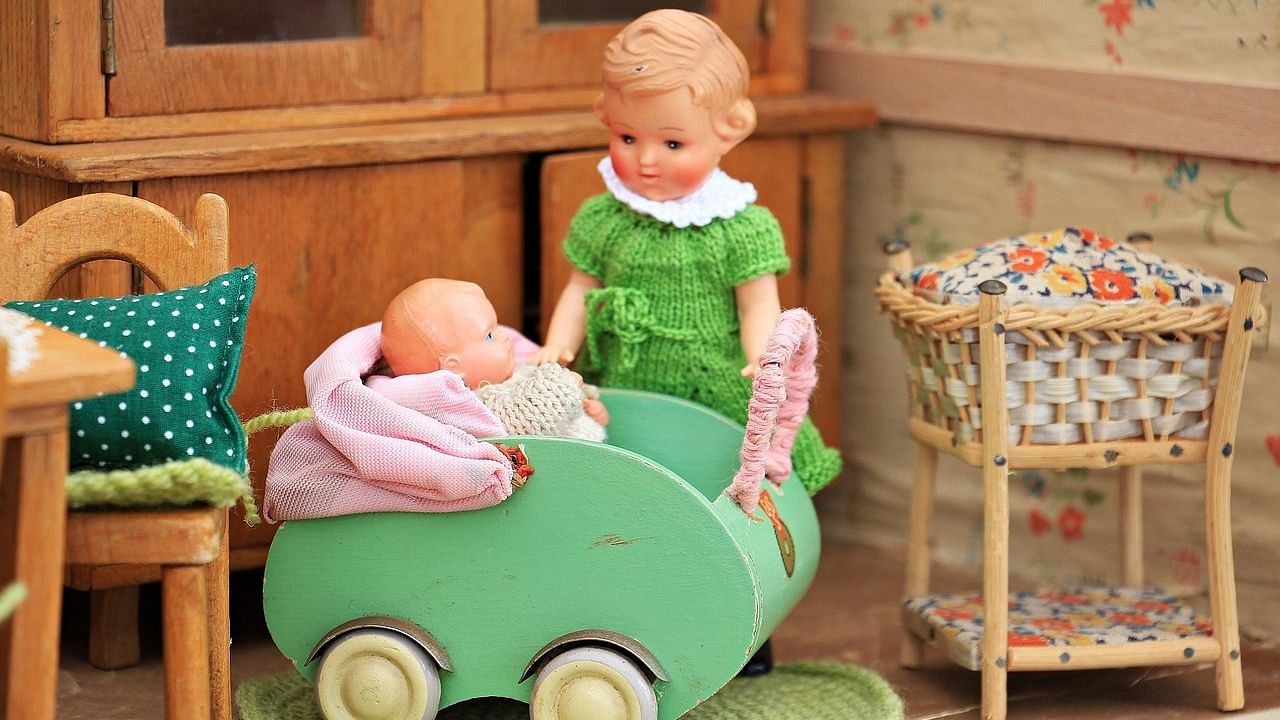
Representative image.
Credit: Pixabay Photo
When designing a room for your children, it is preferable to favour function and safety. The space should encourage its occupants to spend quality time there. According to experts, the design of the room does affect kids – from how they feel about themselves to what they do and what you can get them to do.
Here are some ideas that you could incorporate when designing your child’s room:
Colour as they want
Designing this room could be like a joint project where the kids can have veto rights. When it comes to colour, it is best to give in for it is also the easiest thing to change once they outgrow the concept. If they want it pink, yellow, red or any other colour, introduce them to the various shades that are available in the chosen colour.
When Mariamma Kevin was doing up her house, her preteen son was adamant about the colour for his room. “He had wanted it black,” she said. “From the ceiling to the walls, he was adamant on the colour black. I resisted initially but decided to give in, hoping that he may one day change his mind.” It’s been five years and the room is now done in white. “He got tired of the colour quickly.”
One can experiment with graphic wallpaper and if the kids are very young, some vinyl cutouts of their favourite animals and cartoon characters. For older kids, having a mural on the highlight wall is a great way to make their room unique and creative.
Safe flooring
If the kids are toddlers, it is safe for the drapes to be at the windowsill level. For older kids, blinds and blackout curtains are good. When it comes to flooring, most of the time, it’s the standard ceramic, wood laminate or marble flooring. Ensure that the skirting is suitably padded to avoid injuries.
For active areas where there’s a risk of crash landing, have a thick foam mat which can also be the place where they can play with the toys. Area rugs can add softness and define the areas of the room.
Furniture fundas
Select sturdy and safe furniture for the room. Low seating options like beanbags or floor cushions are better than wobbly chairs. A low-slung sofa will be perfect for some reading time.
Mallika Bharath has a light, yet sturdy, low plastic table with four colourful plastic chairs in her children’s room.
“The table and chairs can be dragged to any part of the room without trouble
so it doubles up as a dining table, an activity table or even a study table,” she said. “It’s ideal for my toddler and six-year-old girl.”
The bed needs to be functional and comfortable rather than fancy. According to Bharath, she opted for a low divan-style bed for her older kid because she reads her bedtime stories.
“I needed a bed that’s comfortable for an adult as well because I can sleep next to her and read her stories.” At one corner of the room, she has created a storage wall which has low shelves that can hold toys and books.
The built-in shelves are safe for the toddler as well. Apart from the shelves, there are options of bins or baskets that can be stocked against a wall to catch all the toys after playtime is done. There can be a separate bin for books too.
Older kids can have a wide and large table that will be useful for studying as well as art and craft activities. Bharath has gone a step ahead and got a white easy-to-clean laminate fixed to the walls. “I don’t need to worry about the kids spoiling the walls and at the same time, the creativity unleased there is amazing.” There’s also a softboard affixed to one wall for her daughter to display all her artworks from school. “We have also got pictures, poems and posters displayed on the softboard.”
Play space
It’s advisable to place furniture against the wall, steering clear from the windows. Have plenty of open space for the kids to play or build anything they wish. Giving them some open blank space will help them be creative and occupied.